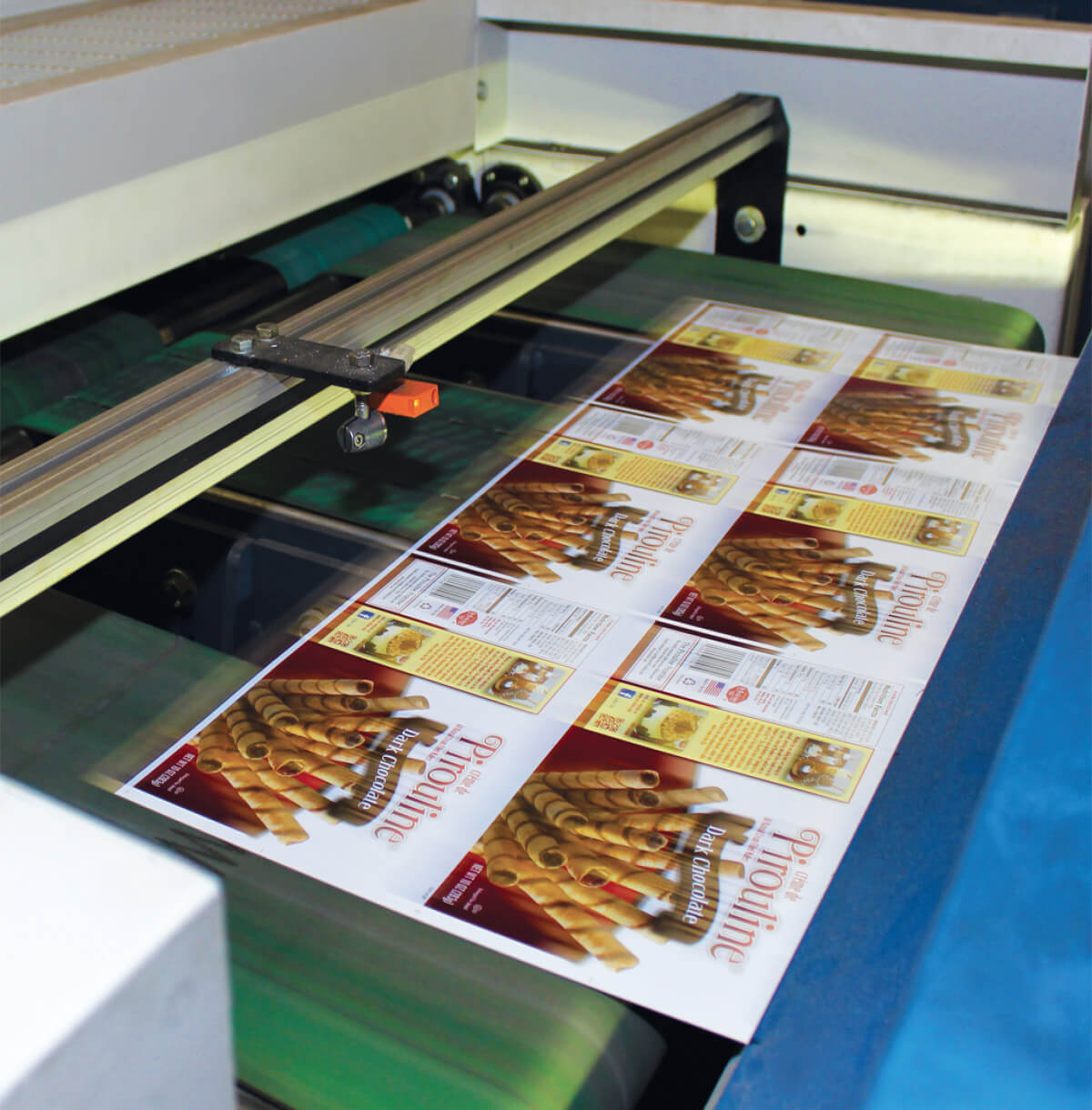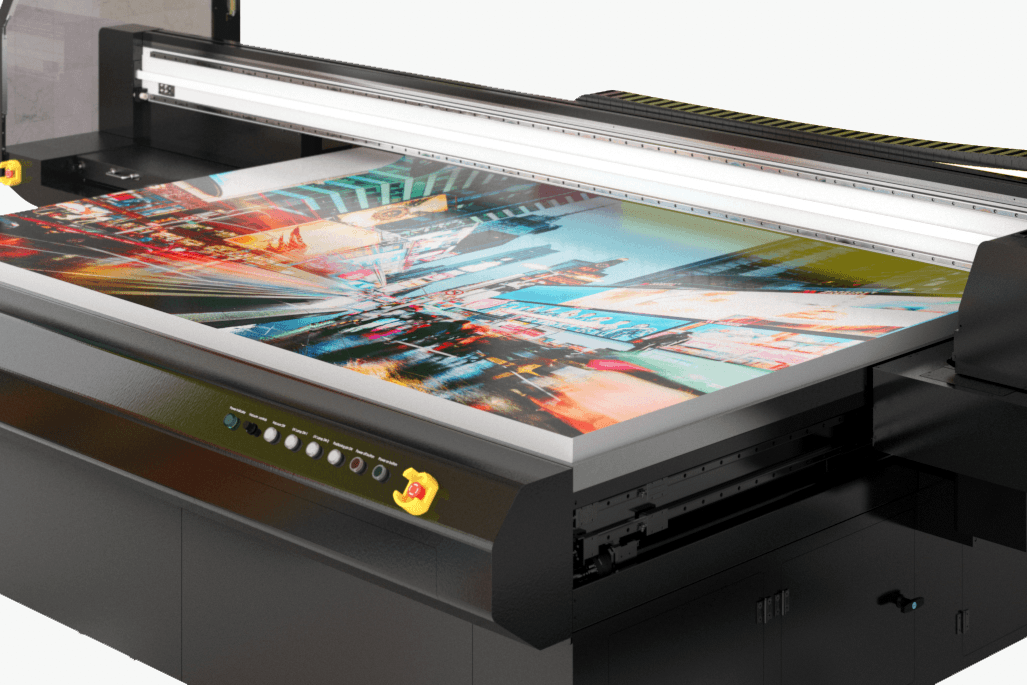The Advantages of Using litho printing for Business Collateral
The Advantages of Using litho printing for Business Collateral
Blog Article
A Comprehensive Guide to Understanding Litho Printing Strategies
The world of litho printing, a method stemming from the late 18th century, is an interesting blend of history, art, development and science. Remain with us as we journey right into the fascinating realm of litho printing.
The Historic Advancement of Litho Printing
The historical trajectory of litho printing, a crucial advancement in the realm of communication, is an exciting tale of human resourcefulness. Birthed in the late 18th century by Alois Senefelder, this method was originally a cost-effective technique of publishing theatrical works. Lithography, originated from the Greek words for 'rock' and 'to compose', used a smooth rock surface area to transfer pictures onto paper. The process advanced with the advent of the rotary press, which considerably boosted efficiency (litho printing). In the 20th century, the technology of countered lithography changed the market, permitting for automation of premium prints. Each stage of litho printing's evolution showcases mankind's unrelenting search of performance and high quality in visual interaction.
Decoding the Scientific Research Behind Litho Printing Inks
Progressing in the exploration of litho printing methods, the focus currently shifts to the scientific research behind litho printing inks. The structure of these inks, their drying out procedure, and color mixing strategies develop the backbone of this complicated art form. Understanding these elements is critical to grasping the craft and accomplishing the preferred print results.
Make-up of Litho Inks
In lithographic printing, the fundamental function of litho inks can not be overstated. The structure of litho inks varies depending upon its purpose, however generally, they include two major components - pigments and lorries. Pigments, the color-providing components, are finely ground fragments suspended in the lorry, a fluid that carries the pigment onto the printing surface. The vehicle is an intricate blend of resins, oils, and solvents, which affect the ink's drying out time, attachment, and gloss. Additionally, numerous ingredients are existing to improve certain residential properties like circulation, drying, and resistance to environmental results. Each component plays a crucial part in the last print's high quality, making the specific formulation of litho inks a complex scientific research.
Ink Drying Refine
From the composition of litho inks, focus turns to the remarkable procedure of ink drying out. Two primary approaches are used in litho printing: oxidative drying out and absorption. Absorption, on the other hand, involves the ink seeping into the paper fibers, which is a faster process however can lead to less dynamic shades.
Color Combining Methods
While the drying out procedure plays an essential duty in litho printing, the scientific research of shade blending techniques holds equivalent importance. This is a complex procedure that includes the careful mixing of main shades: cyan, magenta, and yellow, in differing proportions to attain a large array of shades. The addition of black ink, called 'key', helps in regulating the intensity and deepness of the shades. The science behind litho printing inks likewise takes right into account the transparency of the ink, which affects just how shades overlay and mix. To achieve an efficient color mix, print experts need to additionally recognize the ins and outs of ink actions, color concept, and the physical residential or commercial properties of the substratum on which the ink is used.
The Art and Style Components in Litho Printing
Litho printing takes a breath life into art and layout through its special aspects. The process includes developing a photo on a lithographic limestone plate or metal plate with a smooth surface. The picture have a peek at these guys is after that printed onto a medium, normally paper, by transferring the ink from home plate. What collections litho publishing apart is its ability to replicate complex designs with high fidelity, making the output almost identical to the initial artwork. This is achieved through the usage of different line techniques such as stippling, hatching, and cross-hatching, which permit a series of tonal impacts. Furthermore, litho printing fits a range of shades, allowing musicians to develop vivid and vibrant prints. This combination of accuracy and flexibility makes litho printing a recommended option for many artists and developers.
Modern Applications of Litho Printing Techniques
Litho printing methods click here for info have discovered considerable usage in the contemporary business industry. Its impact and importance remain to grow with the introduction of new advancements and modern technologies in the field. This section will explore these contemporary applications and the transformative duty they play in the printing sector.
Commercial Litho Printing Utilizes
In today's electronic age, one could wonder regarding the relevance of conventional printing approaches. Litho printing continues to be a critical part of the industrial sector. High-volume printing jobs, such as the manufacturing of publications, papers, and packaging, rely on litho printing for its capability to deliver exceptional picture top quality and cost effectiveness. The procedure, which entails moving a tattooed photo from a plate onto a rubber blanket and afterwards to the printing surface, offers unparalleled uniformity. This makes it perfect for tasks needing a large print run. Litho printing also gives a wide color range, remarkable to that of electronic printing. This makes it the best option for jobs that require lively, top quality shade recreation.
Innovations in Litho Printing
Pushing the borders of standard strategies, modern-day developments have actually sustained a host of innovations in litho printing. One famous advancement is electronic litho printing, which incorporates the virtues of digital modern technology with litho's high-quality outcome. These developments underscore the enduring significance of litho printing in the contemporary world.
Exploring the Process of Litho Printing: Action by Step

Difficulties and Solutions in Contemporary Litho Printing

Despite the accuracy and custom that litho printing proudly maintains, it is not without its collection of contemporary difficulties. One of the most prevalent problems include the high first setup price, difficulty in printing variable data, and ecological issues as a result of chemical usage. Solutions are emerging as innovation advances. Digital litho printing permits cost-efficient short runs and easy modification, addressing the issue of variable data. Environmentally-friendly inks and much safer plate-making processes reduce environmental issues. Furthermore, improvements in automation have actually reduced labor expenses, additionally democratizing the lithography procedure. Thus, while there are obstacles, the litho printing industry is proactively adapting to fulfill them head-on, guaranteeing its significance in the future.
Conclusion
In final thought, litho printing, with its rich background and clinical ins and outs, holds a substantial location in the print market. The future of litho printing pivots on its ability to adjust to these altering demands, verifying its long-lasting value in a developing market.

Report this page